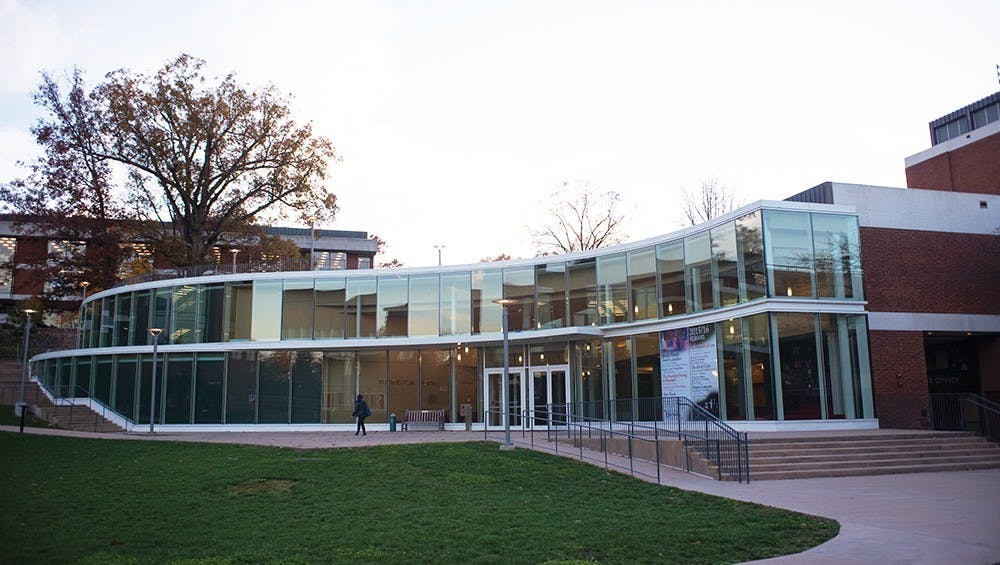A lot has changed since U.Va. Arts launched their Inside U.Va. Arts webinar back in May. New COVID-19 cases continued to rise in the United States, and there was great uncertainty about what college — l et alone art programs — would look like during the upcoming school year.
Fourth-year College student Kiana Pilson joined Lee Ellen Darden, a U.Va. Arts Council member, and Richard Will, associate professor of music and chair of the department of drama, in a conversation moderated by Jody Kielbasa, vice provost for the arts and director of the Virginia Film Festival, Nov. 12 about arts programs at the University and how the student art experience has changed since the start of the semester.
Pilson, a sociology major and dance minor, grew up participating in a number of different environments, from praise dances at religious functions to color guard at pep rallies. When she arrived at the University, she realized she wanted dance to be more than just a hobby and that dance could be interactive — not just performance-based.
During her time at the University, Pilson has performed in Black Monologues, a theatrical production that explores Black experiences both at and outside of the University. She also was part of a ’90s-themed adaptation of “Romeo and Juliet” and danced for another student’s thesis project. Like many students, the pandemic has changed how Pilson navigates her dancing.
“It definitely looks very different,” Pilson said. “I dance socially, and that’s much more difficult now.”
Besides her modern dance class, which she attends two times a week, Pilson has had the opportunity to dance in some of her friends’ films. She described how several of her dance friends had turned to filmmaking and were working on different film projects. This has allowed for creativity in moving the camera, changing angles and, in Pilson’s case, playing with ideas of seeing and perception.
The panelists also reflected on the arts as a whole. Will discussed how the number of arts programs at the University has grown a tremendous amount with a plethora of museums, festivals, student-sponsored events, productions and performances offered both on and off Grounds.
“Arts help you learn about yourself, your communities, your families [and] people you don’t know,” Will said.
Darden, a University alumna who was a studio art and art history double major, said the experience has informed her life and career by teaching her how to accept criticism. She pointed to studio classes as an example of this.
“You are also forced to explain your thinking, explain your creative process,” Darden said.
Now, Darden is working with the U.Va. Arts council to provide grants for arts students to pursue their projects and ideas. She said she wanted to give back after the arts gave her so much. The way we experience art may have changed during the pandemic, but there is no question that we all need art in our lives.
Pilson observed how reliant we are on art during the pandemic and how it has allowed us to heal. Darden emphasized this point with the pain currently felt by people across the country right now. Everyone is very vulnerable — she wants to see art further become a way by which people can heal.
“Art isn’t just for the artists,” Darden said.
Looking ahead, Will hopes to see greater engagement between arts activities and programs and the community, along with more meaningful in-person interactions in the spring. Kielbasa described the relationship between the University and the community as “vital.”
“The arts are one of the greatest bridges between the University and the community,” Kielbasa said.







